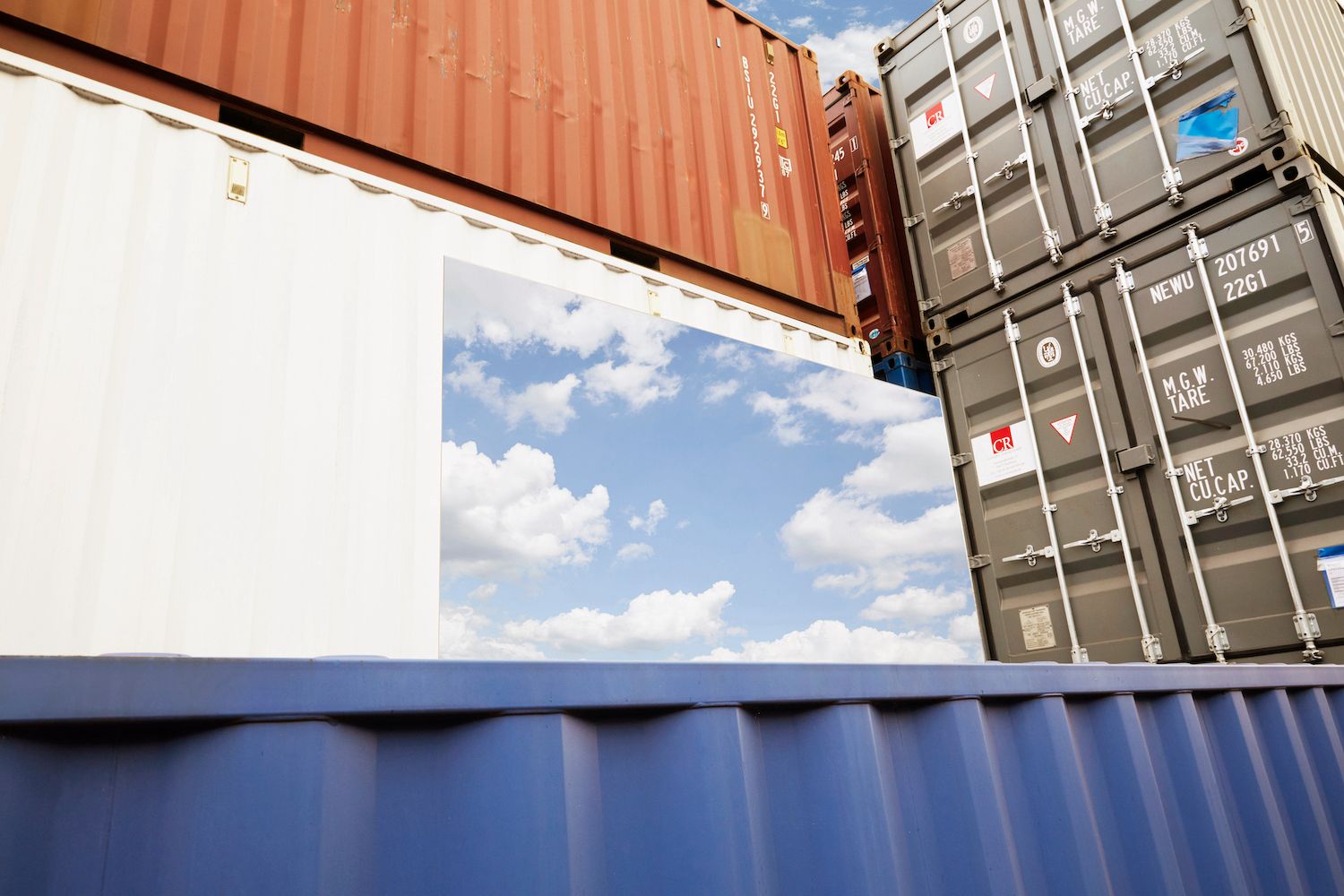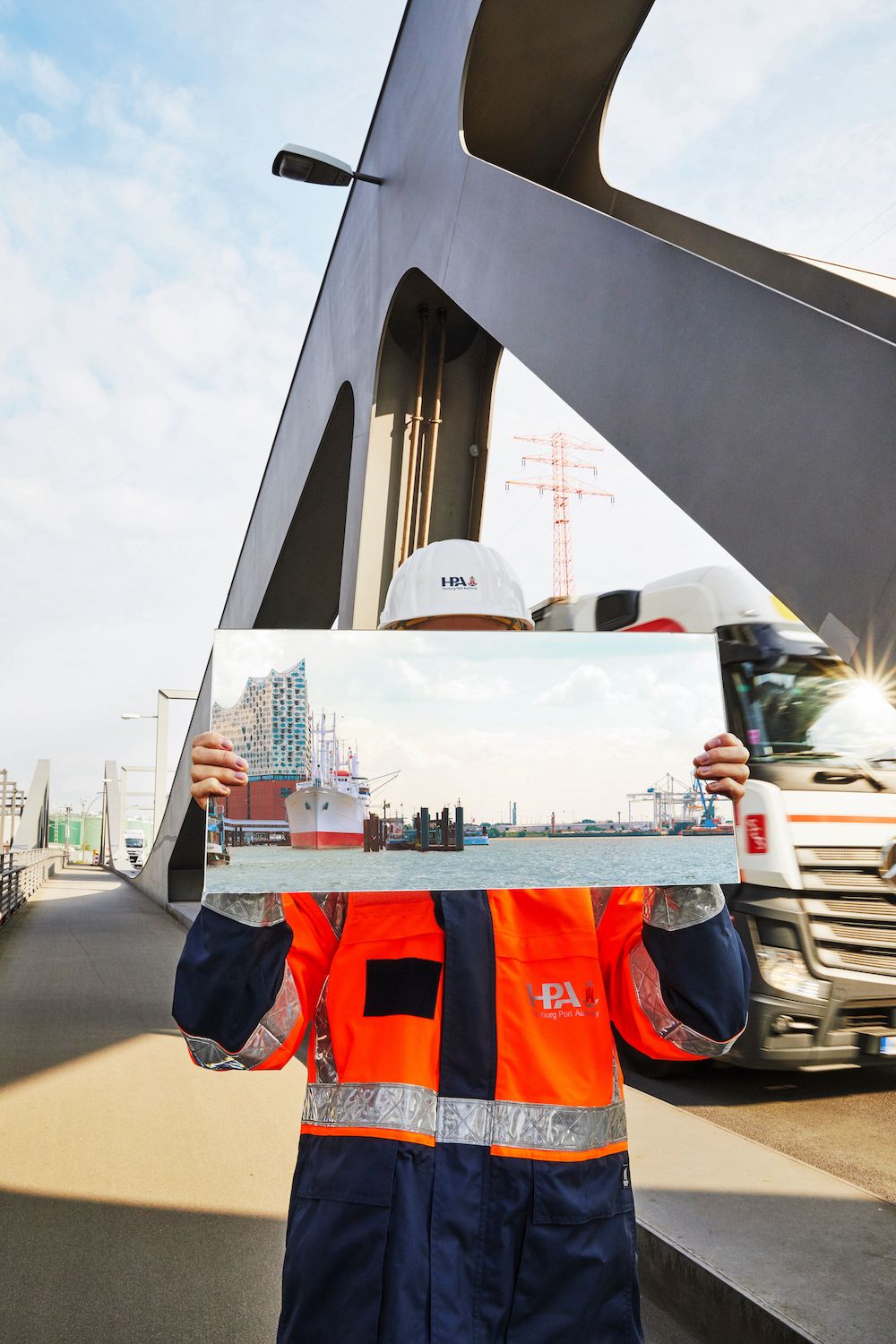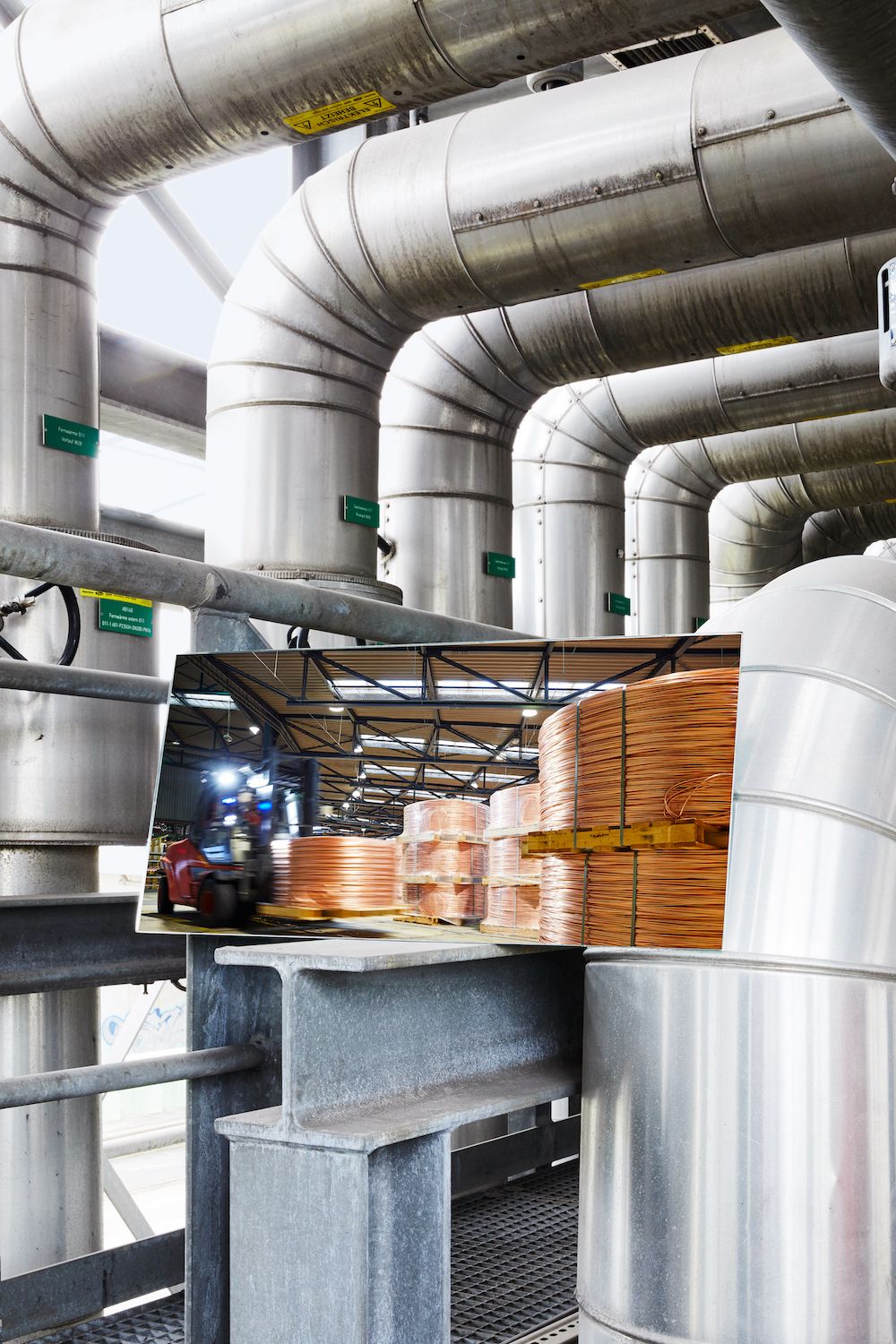What is the future of the Port of Hamburg?
How must the port change so that it can continue to serve the economy, create value and provide employment in Hamburg, in the metropolitan region and throughout Germany?
How can the port contribute to digitalisation, the development of innovative technologies, climate action and the energy transition?
How can the port continue to reliably guarantee security of supply for Germany and the European hinterland even in times of crisis?
In the 2040 Port Development Plan, the Senate of the Free and Hanseatic City of Hamburg answers these questions and sets out guiding strategic principles for port policy over the next two decades.
The plan shows how Hamburg is responding to global andregional changes and actively steering the port’s development in order to secure sustainable prosperity.

The path to the 2040 Port of Innovation
As a pan-European hub with strong links to international maritime trade routes, the Port of Hamburg secures a large number of jobs and makes a significant contribution to value creation – at regional, national and European level.
Across Germany, around 607,000 jobs, some 51 billion euros of gross value added and 2.57 billion euros in tax revenue are directly or indirectly attributable to the Port of Hamburg. Moreover, having reliable seaports and resilient supply chains is especially crucial in times of crisis. That was recently made very clear by the Covid-19 pandemic and the war in Ukraine, which occurred while the Port Development Plan was being prepared.
Keys to the Port of Hamburg’s success include its exceptional hinterland connections and diversified business landscape. The port also benefits from being at the centre of an innovative, economically vibrant metropolitan region. Its unique inland location allows environmentally friendly, resource-efficient sea transport to the heart of one of Europe’s main import regions. Another point that sets Hamburg apart is the high proportion of rail transport using the port railway network. At a length of almost 300 km, this network guarantees fast, environmentally efficient and cost-effective logistics.
Innovation, transformation, value creation – the path to the 2040 port
Challenges and Opportunities
Global megatrends such as climate change, digitalisation and the transformation of work are presenting ports with new challenges. So too are sector-specific developments such as changes in freight flows, growing ship sizes and intensifying competition.
To maintain its success and vital economic function, in future the Port of Hamburg will need to flexibly adapt to new circumstances and requirements. It must remain fit for purpose and attractive to its customers. It must implement new business models and technologies. And it must embrace digital technology and achieve climate neutrality. This transformation will open up new opportunities for the port, the city and the entire metropolitan region.
The Port Development Plan describes how this can and will be achieved. The plan underscores Hamburg’s clear commitment to its maritime future and the modernisation of the port. It sets out the guiding principles, key action areas and goals that the city and port must focus on in order to harness and expand the Port of Hamburg’s potential in the period up to 2040. The vision 2040 Port of Innovation: Quality, Sustainability, Value Creation expresses a resolute ambition to open up new business segments and to maintain Hamburg’s position in the European market as a central maritime hub and multipurpose port.
Cargo handling, cruise shipping and high-performance logistics will remain core segments for the Port of Hamburg. But they will be augmented by a broad, climate-neutral industrial base. The port sector’s sustainable value creation makes it the economic engine for the entire region. Thanks to its customer-centric commercial development policy, the Port of Hamburg offers ideal development opportunities for established companies, for innovative start-ups and for the industries of tomorrow. Forward-looking infrastructure management and a resolute focus on digitalisation will secure the port’s long-term competitiveness. Reflecting its special responsibility as a port based right in the heart of a city, the Port of Hamburg is committed to climate-neutral, resource-efficient operations and to creating attractive jobs for Hamburg and the metropolitan region.
Vision
2040 Port of Innovation:
Quality, Sustainability, Value Creation
Principle 1
Value creation
and quality
Principle 2
Sustainability
and climate action
Principle 3
Innovation
Principle 4
Customer focus
and competitiveness

A
Digitalisation

B
Climate action,
circular economy and
environmental sustainability

C
Infrastructure
maintenance
and expansion

D
Commercial
development and
land use strategy

E
Transformation
of work

F
E-commerce as a new
business segment

G
City and port
The action areas include various measures.





